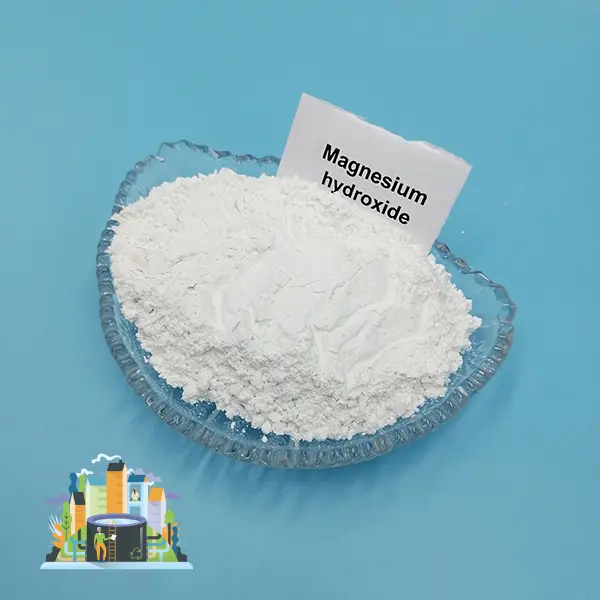Hebei Messi Biology Co., Ltd. stated that fibrous magnesium hydroxide is a rare natural magnesium hydroxide mineral with good fiber whiteness, easy spectroscopy, high wool yield, and is non-carcinogenic. The layers are connected by extremely weak hydrogen-oxygen bonds, so it is easy to form hydrogen bonds with water molecules, and it is well dispersed in water suspensions. It can be used as sealing materials, flame retardant materials, etc.
Studies have confirmed that the long axis of fibrous magnesium hydroxide is parallel to the long axis, and the structure is significantly different from the ideal octahedral sheet, with large deformation. The chemical composition of natural fibrous magnesium hydroxide is magnesium hydroxide, with a high magnesium oxide content of about 65%, less harmful impurities, and the water generated by pyrolysis is more environmentally friendly than carbon monoxide or carbon dioxide.

Fiber magnesium hydroxide has good thermal insulation properties, large heat capacity, small expansion coefficient, contains structural water, and generally decomposes into magnesium oxide and water at 430°C. Another reaction absorbs a lot of heat, lowers the temperature and makes the material less likely to ignite; the generated magnesium oxide is deposited on the surface of the material, which plays a role in isolating the air; a large amount of water vapor is generated, consuming a lot of heat. Water vapor absorbs smoke and plays a role in smoke elimination.
Magnesium hydroxide has a unique chemical composition. Among many inorganic flame retardants, it has attracted widespread attention because of its flame retardant, smoke suppression, anti-corrosion, low toxicity and moderate price. At the combustion temperature, magnesium hydroxide can decompose crystal water, reduce the surface temperature of the material, and slow down its combustion degradation rate. When plastics burn, a thicker carbonized layer can be produced. The formation of the carbonized layer can prevent the entry of heat and oxygen, prevent the overflow of combustion gases, and play a good flame retardant role.
Magnesium hydroxide can also be used as a flue gas desulfurizer, with good desulfurization and sulfur fixation effects. Adding magnesium hydroxide to boiler fuel can reduce the harm of high-alumina and high-sulfur fuels to boilers, and can reduce the emission of harmful gases such as sulfur dioxide. Deep processing of magnesium hydroxide into non-precipitated and non-condensed active magnesium hydroxide can effectively remove sulfur from flue gas and reduce pollution to the atmosphere.
